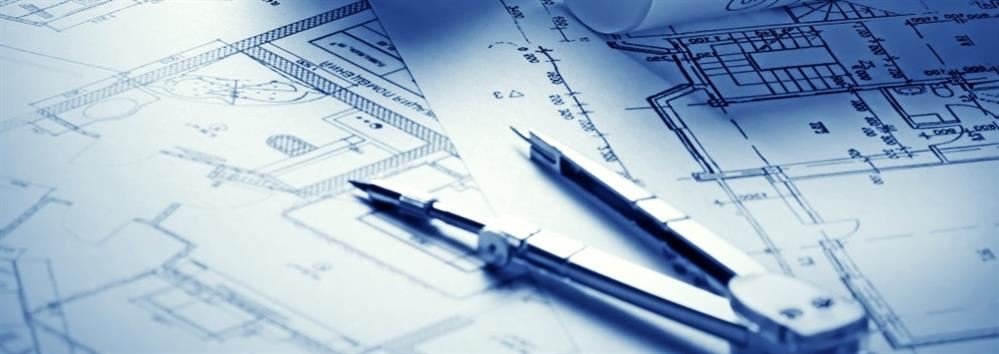
Design and Engineering Courses/Curriculum
-
317265-Web Design and Development (Grades 9-12)
03/28/23
The pre-requisite for this course is Introduction to Graphic Design.
Hypertext Markup Language (HTML) is the foundation of website and web application development. It allows you to ensure that your content is understood by both segments of your audience: the people who watch, read, or listen to your content, and the computers that display
it. In this course, learn how to use HTML thoughtfully and craft excellent HTML through learning fundamental concepts. Cascading Style Sheets (CSS) is a stylesheet language that allows you to control the appearance of your webpages. In this course, learn the concepts that form the foundation of CSS and what you need to know to tweak existing CSS and write your own. At the end of the course, you'll walk away with a portfolio of HTML-based and CSS-based webpages/sites of your own design and development!Curriculum Overview- Web Design and Development Updated.pdf 140.43 KB (Last Modified on April 26, 2023) -
321188-Robotics Engineering (Grades 9-12)
03/28/2023
Robotics Engineering leverages the “coolness” of robotics, and the excitement of head-to-head competition to inspire and engage students. Students use a design process and build a mobile robot capable of playing a sport-like game. Students learn key S.T.E.M. principles and robotics concepts. At the culmination of the course, students compete head-to-head against their peers in the classroom! This modular and project-based course teaches the design process in an engaging,
hands-on manner to challenge, motivate, and inspire students. -
321187-Architectural Design (Grade 9-12)
03/28/2023
This course builds on Introduction to Engineering. Architectural Design is a semester-long course emphasizing the use of AEC
(Architecture/Engineering/Construction) software including computer-aided drafting (CAD), building information modeling (BIM), and three-dimensional modeling and rendering software applications such as AutoCAD and Revit. Utilizing various architectural drawing types, such as floor plans, foundation plans, plot plans, detail drawings, section views, and elevations, students learn to plan and prepare construction documents appropriate to the architecture, interior design, and
construction industries. While doing so, they develop a fundamental knowledge of building systems and a familiarity with basic residential building codes. -
321186-Engineering Design (Grades 9-12)
03/28/2023
Engineering Design is a semester-long course introducing students to the world of engineering product design. Students learn the steps of the engineering design process and then work through those steps as they complete various structural, mechanical, electrical, hydraulic, and/or
pneumatic design challenges. As students generate their design solutions, a heavy emphasis is placed on the use of AutoCAD and Autodesk Inventor for developing and presenting their
solutions, as well as 3-D printing technology as a means of manufacturing prototype designs. -
321185-Computer Aided Drafting and Design (Grades 9-12)
03/28/2023
This course builds on Introduction to Engineering.
Computer-Aided Drafting & Design is a semester-long course focusing on 3-D software design for applications in engineering and manufacturing. This course is designed for students who are
interested in engineering, manufacturing, and/or related fields. Students taking Computer-Aided Drafting & Design will receive an introduction to 3-D design using advanced 2-D and 3-D modeling
and visualization technologies such as AutoCAD and Inventor. What’s more, students will be introduced to the idea of 3-D models that are suitable for 3-D printing and will learn about the different models and drawing specifications that are required by the different manufacturing
technologies available today. -
321184-Introduction to Engineering (Grades 9-12)
03/28/23
This semester-long course, which is a prerequisite for Computer-Aided Drafting & Design, Engineering Design, and Architectural Design, introduces students to the foundational components of our S.T.E.M. program. Students begin by learning how to create simple 2-D
drawings and 3-D models using AutoCAD and Autodesk Inventor. Next, they learn the steps of the engineering design process and work through those steps as they design a solution to a basic real-world engineering problem. While doing so, students are introduced to a variety of basic engineering principles, including measuring, accuracy, precision, measurement devices, density, and simple machines. Finally, students are introduced to the fundamentals of architectural design, as they apply what they’ve learned about the design process to design and model a simple residential structure using Autodesk Revit.
-
321284- Principles of Engineering (POE) (Grades 10- 12)
July 2015
This survey course introduces students to many of the major topics found in general college engineering courses. Topics include mechanisms, energy, statics, control of robotics systems, materials, and motion. Students develop problem-solving skills and apply their knowledge of research and design to create solutions to various challenges, document their work, and communicate solutions. This is a required foundational course for Project Lead the Way.
Prerequisite: Completed IED (or EG1), or 10th grade enrolled in Algebra II -
321385- Honors Civil Engineering and Architecture (CEA) (Grades 10- 12)
July 2015
Students learn about various aspects of civil engineering and architecture and apply their knowledge to the design and development of residential and commercial properties and structures. In addition, students use 3D design software to design and document solutions for major course projects. Students communicate and present solutions to their peers and members of a professional community of engineers and architects. This is a Specialization Course for Project Lead the Way. Prerequisite: Completed POE or EG2
-
321487- Honors Engineering Design and Development (EDD) (Grade 12)
August 2016
The knowledge and skills students acquire throughout their PLTW Engineering courses come together in EDD as they identify an issue and then research, design, build and test a solution, ultimately presenting their solution to a panel of engineers. Students apply the professional skills they have developed to document a design process to standards, ready to take on any postsecondary program or career. EDD is the capstone course for the PLTW engineering pathway and is only be available to seniors who have participated in the PLTW engineering pathway in grades 9, 10, and 11.
Prerequisite: IED or EG1, POE, CEA, and completed or concurrently enrolled in Materials Tech.

